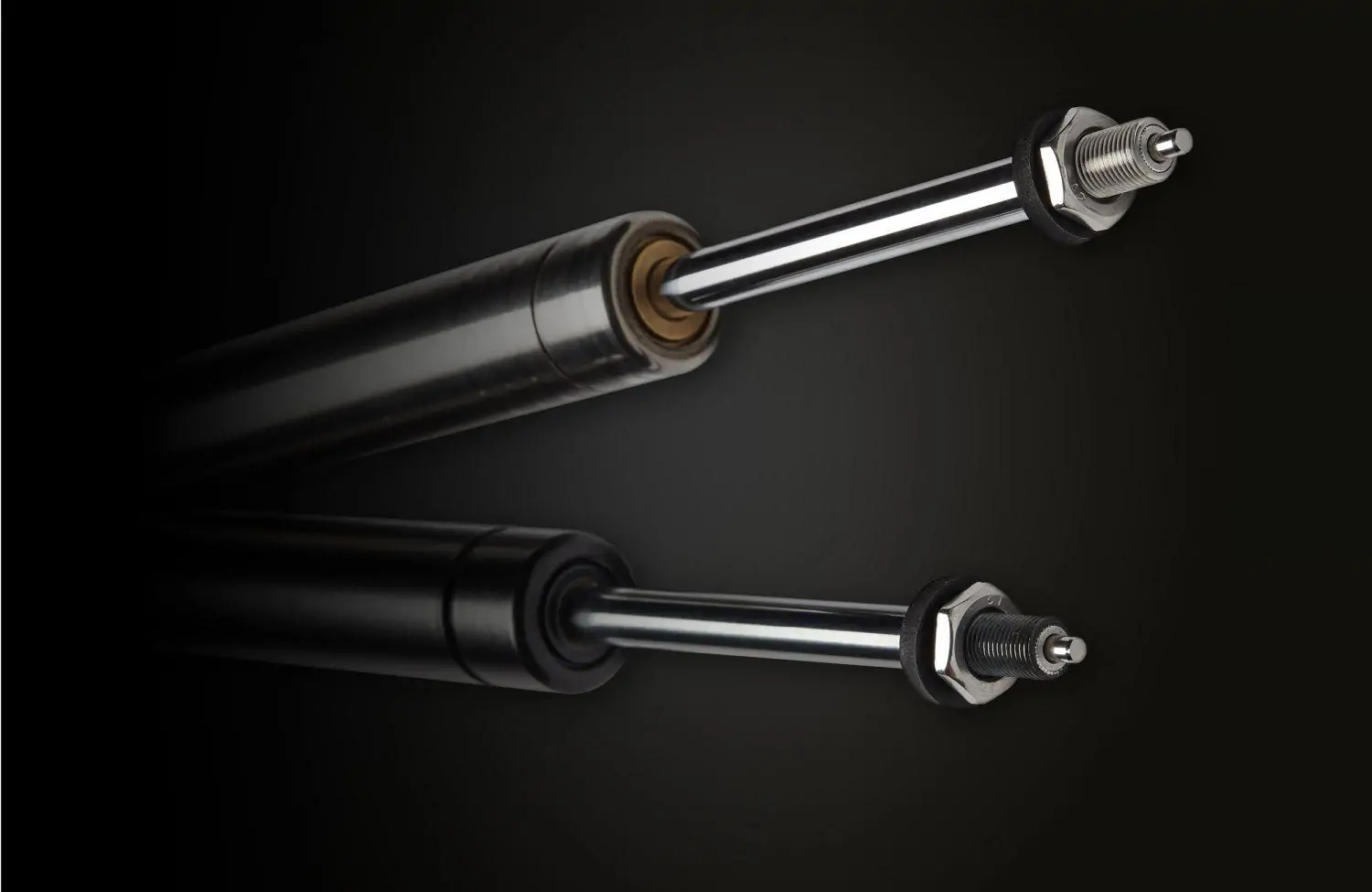Gas struts can be used in many different industries. These devices are designed to provide a controlled, consistent force in lifting, lowering, or supporting objects under various scenarios. In this guide, we explore the mechanics and principles of gas struts and how they can be used across various industries.
Understanding Gas Struts
Gas struts use the fundamental principles of compression and expansion. Gas struts have a cylinder containing nitrogen gas under pressure, as well as a piston and rod. Gas struts include the following:
- Cylinder: A cylinder is an outer housing that has a sealed tube inside it. This tube contains nitrogen under pressure. The cylinders can be made from steel or stainless steel, which provides durability and resistance.
- Piston: Inside the cylinder, a small piston is attached by a rod. The piston separates gas from oil in the cylinder and creates a wall. The piston moves the cylinder when there is pressure.
- Rod: The rod extends directly from the piston. It is connected to whatever object or mechanism you want to control. As the piston moves, the rod pulls or pushes to control motion.
- Seals: Seals inside the struts stop gas leakage and keep the gas at the correct pressure.
How Gas Struts Work?
Gas struts function based on differential pressures. When the piston is compressed, the gas inside the cylinder will increase the pressure. The force of the compressed gas is opposite to that applied by the applied load. When the applied force is removed, the gas in the strut will expand, pushing the piston to its extended position.
The pressure inside the gas strut cylinder can be adjusted to match an application’s specific needs during manufacture. This calibration is used to ensure that the gas struts provide the proper amount of force for moving and supporting the object.
Gas Struts
Gas struts, which provide controlled and reliable forces, are widely used across various industries. Here are a few diverse fields in which gas struts have been used.
- Automotive Industry: In vehicles, gas struts help to perform tasks like opening or holding the trunk and hood. They also support the vehicle’s tailgates and can assist in the operation of the sunroof. These gas struts are more convenient and safer than traditional mechanical supports.
- Design of Furniture: Gas struts, which provide smooth, controlled motion, are integral in the design of recliners. These gas struts contribute to ergonomic, user-friendly furniture designs.
- Aerospace: Gas struts can be used in aircraft to support seating, storage, and emergency exits. Their precision in force control and their reliability are crucial to aviation.
- Applications: For boats and ships, the gas struts can be used to control hatches or doors and storage compartments. The gas struts are necessary for the safety and ease of accessing various parts of vessels.
- Industrial Machinery: Gas struts are used in industrial machinery such as forklifts. Machine guards. And conveyor systems. They make machinery safer and more efficient.
Conclusion
Gas struts have a multitude of applications. They can provide controlled and reliable movement to various mechanisms and objects. They are used in many industries because of their adaptability, precision, and reliability. Gas struts, whether in furniture, automotive design or healthcare, continue to be a key component in modern engineering. Understanding the mechanics of these struts and their various applications is critical to unlocking their potential.

